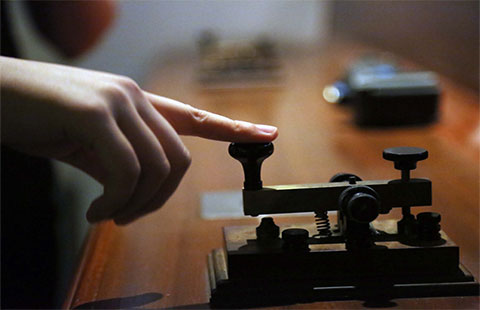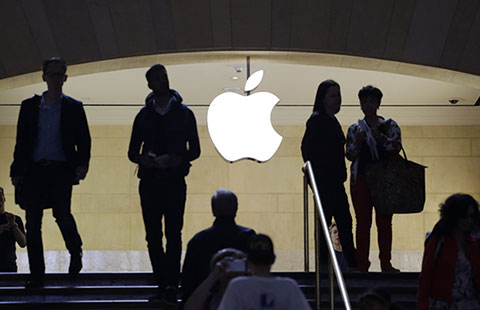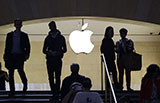Harman aiming for perfect harmony
By SHI JING in Shanghai (chinadaily.com.cn) Updated: 2015-06-23 09:54"In the cloud, we will take the data from the car. The data is analyzed for a variety of stakeholders, insurance companies, healthcare, home, diagnostics, car companies. This is the analytics which we will do in the car analyzer and push it back. That's how you will create the connected experience. Personalization of products is where connected cars are going," said Paliwal.
As a traditional audio products provider known for its brands like Harman/Kardon, AKG, JBL and etc, audio is still extremely important for Harman. In early April, Harman announced acquisition of Bang & Olusfen's car audio business to include all the top brands in the world.
"For connected car, the company must have very good audio management technology and infotainment technology. With all these brands, our goal is to dominate the audio space inside the car. We are also dominating telematics and infotainment. These things together create a connected car experience," said Paliwal.
When cars are connected, there once again comes the question of security because cars can be hacked like computers under such circumstances. Therefore, Harman has included ethical hackers on their payroll to constantly hack in their own cars and see where the weak links are in the system and the whole car.
In addition, it has bought a company in Israel which is an expert in building cyber security solutions as well as solutions for updating software over the air for applications in the car and in the home.
"You can only make money when consumers are willing to pay. They are only willing to pay when you give them value. Value is not just in driving anymore," he said.
Consumers want safe driving and more productivity in the car so that the driver can be more functional while driving.
"We want to provide drivers voice mail, SMS, instant exchange to you through voice. Next thing we want to bring is Microsoft's Office kind products in the car. With voice, you can be working with Excel, Word or PowerPoint," he said.
Harman is also studying the area of working with local governments to develop real-time traffic control system. The philosophy is first of all collecting the data and start from analyzing them. Right now, government regulations in China, Germany and US are starting to come in place. Harman is now collaborating with all governments to show then what is possible with the data.
"We are betting on Internet of Things. Things are cars, homes, banks, hospitals and etc. There isn't any other company in our space who so focused on Internet of Things as Harman," the CEO said.
The potential of China's connected car market should never be overlooked, for it has undergone a storming 20 to 60 percent compound average annual growth rate ever since 2010 and is expected to embrace its prime time in 2015 with its market value amounting to 100 billion yuan ($16 billion) and the number of users reaching over 40 million, according to Beijing-based Cinda Securities Co Ltd.
But Harman has long been deeply rooted in China, for they are doing a lot in China what most European or American companies do in their home countries.
One-third of Harman's filing of patterns or early identification of innovation ideas came from China last year. The myth that China is watching what the West does and copy is wrong, as Paliwal stresses.
"China is innovating and we are actually using our base of 3,000 people in China and research and development labs for the whole world," he said.
As a result, Harman is about to launch a big acoustics R&D lab in Suzhou which will be world class.
"So we will have three major acoustics R&D labs in the United States, Germany and China, which also makes sense because these are the three major home markets of Harman," he said.
Shenzhen is the only place in the world where Harman does all the design of Harman multimedia products for the whole world. All the products are designed and made in China. Last year, Harman won 54 innovation and design awards for products which were designed in Shenzhen, hitting a new record.
With 3,000 people in China, Harman now is about $700 million business and they want to double it in five years. To double it, it has to further increase employee base and adds another one or two R&D labs. In terms of growth rate, Paliwal said that the goal is to grow at least three to four times the GDP.
"If you want to grow in China, you have to adopt China as your home market," he said.
- High-tech companies a growing force in Beijing real estate market
- Beer sales suffer due to cool weather
- China boosts world economy via investment, capacity cooperation
- China stocks close lower on Friday
- Investors' antics at stock market slump
- Stock indexes decline on selling pressure
- Virtual reality sector gearing up for the long haul
- Xbox chief sees 'long-term' future in China

















